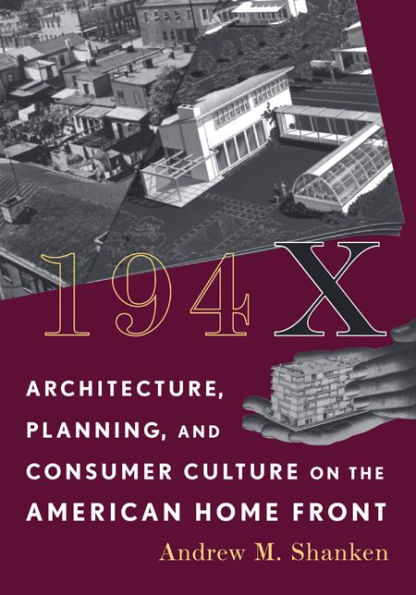5
1
9780816653669


194X: Architecture, Planning, and Consumer Culture on the American Home Front available in Paperback

194X: Architecture, Planning, and Consumer Culture on the American Home Front
- ISBN-10:
- 0816653666
- ISBN-13:
- 9780816653669
- Pub. Date:
- 02/20/2009
- Publisher:
- University of Minnesota Press
- ISBN-10:
- 0816653666
- ISBN-13:
- 9780816653669
- Pub. Date:
- 02/20/2009
- Publisher:
- University of Minnesota Press
24.95
In Stock

Product Details
| ISBN-13: | 9780816653669 |
|---|---|
| Publisher: | University of Minnesota Press |
| Publication date: | 02/20/2009 |
| Series: | Architecture, Landscape and Amer Culture |
| Edition description: | New Edition |
| Pages: | 288 |
| Product dimensions: | 6.90(w) x 9.90(h) x 0.70(d) |
About the Author
From the B&N Reads Blog
